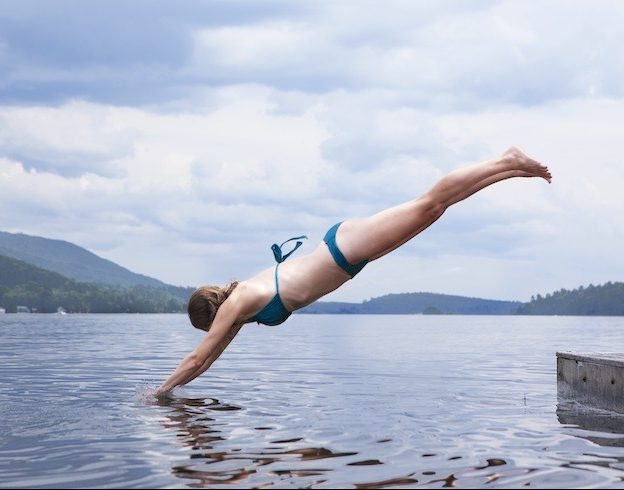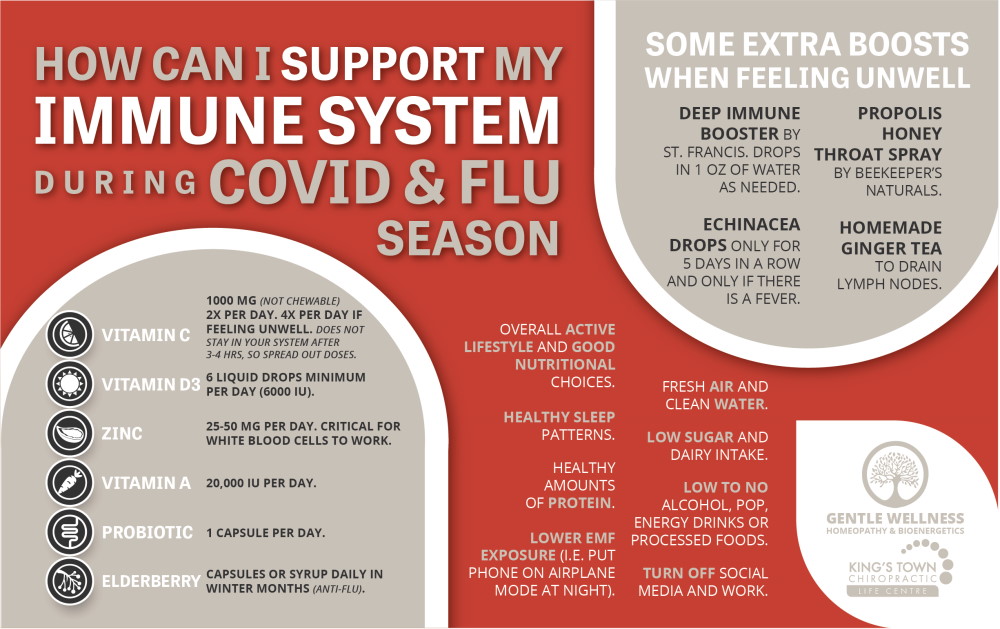
Canadian summers can be full of travelling, swimming, hiking, camping, boating, fireworks, amusement parks, bike riding, street hockey and endless hours of backyard antics. We long to be outdoors, to be carefree, and to be enjoying the incredible benefits of our beautiful Canadian climate and landscape. Injuries are inevitable, and homeopathy is an effective way to support the body’s natural healing efforts in situations such as sprains, falls, cuts, puncture wounds, bug bites, motion sickness and heat stroke. The medicine (remedies) will assist the body in speeding up the process of healing without side effects.
If you have further questions or more serious injuries than what is covered here, please contact a qualified homeopathic practitioner for professional care.

Dosing Guidelines:
- Take according to the severity of the symptoms: more often (every 15-30 min) if the injury is severe, less often (every 1-2 hours) if it is mild, tolerable and responding well to the medicine.
Stop and start the medicine as needed: taking the medicine less often as symptoms start to improve and stopping on significant improvement. Acute situations like those discussed here, usually only 1 to 2 doses are needed unless I have otherwise indicated. - If injuries are serious enough, take the homeopathic medicine while driving en route to the hospital.
- A dose is usually 2 pellets. All of these medicines can be bought at your local health food store.
- The pellets are made of milk sugar with the medicine on the outer surface, so it is preferable that you do not handle the pellets. From a vial, shake a dose into the cap and drop the pellets directly into your mouth.
- Allow the medicinal remedy to dissolve in your mouth. Do not chew or swallow. The medicine is absorbed through the mucous membrane of your mouth. Take 15-20 minutes away from food.
- All dosing guidelines and homeopathic medicines listed in ‘Summer First Aid’ are completely gentle, safe and effective for children, youth, adults, pregnant women, seniors, and animals.
Bug Bites
Apis (200c and Gel)
- Insect stings, bites and allergic reactions. Bee stings or any bite that looks like a bee sting
- Pain: burning, stinging
- Appearance: redness, hot to the touch, shiny
- Rapid swelling, “puffy”, itchy
- Give 1 dose every 15 min for 1 hr
- Anaphylactic reaction: throat fills up with fluid / swelling. Give multiple doses till significant improvement
- Apply Gel to soothe as often as needed. (Gel in Canada is now called Dapis)
Ledum (200c)
- Bee and wasp stings
- Swelling, painful, red and cold
Injuries, Lacerations and Burns
Apis (200c)
When any cut or abrasion is hot, stinging and swollen
Arnica (30c or 200c)
- Any blunt trauma, accidents, shock, bruising, concussion, burns or sprains
- First response for all accidents, injuries to muscles (soft tissue) or head trauma, and bruising
- When the patient has a fear of being touched and may say they are “all right” when they clearly are not
- Shock after a serious burn, accident or injury (1 dose is enough)
- Nose bleeds resulting from an injury (also: sit with head forward & pinch bridge of nose for 10min)
- Black eye when there is bruising around eye (dose hourly for 5-6 hours)
- Bug bites that have a bruised feeling and are very painful
- Any injury that causes the feeling of being beaten
- Broken bones where there is a bruise, pain, bleeding and swelling
Calendula – #1 remedy for healing wounds
- Antiseptic tincture to clean wounds, burns and bug bites (dilute 10 drops in 1oz of clean water)
- Topical cream or gel for bandages (like polysporin). Prevents infection
- Oral remedy (200c) for muscle or tendon ruptures, lacerations to the scalp, lacerations anywhere on body that are torn or jagged (clean with tincture and take the oral remedy to heal from the inside out)
Cantharis (30c)
- 2nd and 3rd degree burns and scalding; chemical burns
- Horribly painful, persistent pain
- Patient can’t remove the cold pack even for an instant (better cold application)
- Scalds to mouth and throat
- Give a dose every 10 min till pain subsides
Hypericum (200c)
- Areas that are rich and dense in nerves (head, spine, coccyx, finger tips, toes, soles, palms)
- Injury to spine, i.e. falling on coccyx
- Injuries from nails, splinters, needles (any pointed instrument), snake bites, dirty puncture wounds
- Crushing injuries, i.e. mashed fingers
- Lacerations that cause incredible pain; torn, lacerated parts that are almost entirely separated,
e.g. finger almost cut off - Pains are sharp and shooting (travels along nerves), burning, throbbing, red, swollen
Septic PUNCTURE WOUNDS + inflammation + pain (extending, sharp, shooting) – prevents tetanus - Herbal tincture: Clean puncture wound very well. (similar to calendula tincture)
- Minor burns: saturate dressing with tincture or lotion
Ledum (200c)
- Abrasions, cuts and persistent bruises where the injury feels colder than surrounding tissue
- Puncture wounds to palms and soles: keeps wound open and draining
- Hypericum is red, hot, with shooting pain – Ledum is not hot and better with cold applications
- Black eye the feels better with cold application
- Sprained ankle: happens easily, swollen, skin appears blotched, feels cool to touch and patient is adverse to applying warmth, likes cold applications (compare to Ruta)
Ruta
- Injury to the periosteal area (outer layer/covering of bone that muscle attaches to) shin, kneecap, elbow
i.e. blow to the shin that develops a “goose egg” and is painful - Injury or overuse to connective tissue of joint, i.e. ankle, wrist, knee
- Sprained ankle: deep aching pain, lameness/weakness, desire to move the part, better warm applications
Sunstroke and Dehydration
- Heat exhaustion exhibits heavy sweating, rapid breathing, lassitude and fast, weak pulse. Skin can be cold and clammy. Headache, nausea and weakness are also common.
- Sunstroke exhibits hot dry skin, rapid and strong pulse, nausea, dizziness, weakness, headache and vomiting. Can lead to twitching, convulsions and coma. Sunstroke and heat exhaustion are life threatening if ignored.
- Dehydration exhibits dry mouth, thirst, irritability, dizziness, fatigue, cramps, and headache.
- Other solutions: cool environment, cold compresses, sip cool drinks (1tsp salt to 1 Quart water), and pour cold water on body. (Absolutely no alcohol!)
Belladonna (200c)
- Sunstroke / heat exhaustion
- Patient has dilated pupils with burning, flushed, dry skin
- Bounding pulse and at times delirium
- Dose every hour till relief is obvious
Glonoine (200c)
- Sunstroke (#1 remedy) and heat exhaustion
- Waves of a throbbing headache, face is bright red and skin is sweaty
- They feel much better from applying cold water to face
- Dose every hour till relief is obvious
Phosphoric Acid (200c)
- Dehydration from loss of fluids due to diarrhea, vomiting or sunstroke
- After initial ailment has subsided: Take 2 pellets 1x/day for 3 days
Veratrum Album (200c)
- Severe dehydration from heat exhaustion
- Sudden, rapid loss of strength
- Whole system is dry, weak and can exhibit dizziness and fainting
- Clammy sweat, pallor, nausea
Motion Sickness
Remedies can be taken up to 1 hr before travelling. Give as needed while driving.
Tabacum (30c)
- Deathly nausea and possible vomiting
- Icy coldness with sweating
- Pale
- Worse motion
Cocculus (30c)
- Nausea, vomiting. Worse with food present
- Vertigo (dizziness) that is affecting the stomach
Have a very safe and enjoyable summer!

